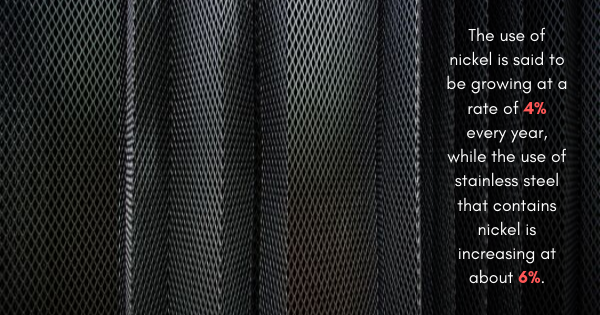Nickel and materials containing nickel are prevalent in everyday items we interact with. The use of nickel is said to be growing at a rate of 4% every year, while the use of stainless steel that contains nickel is increasing at about 6%. One of the most prominent stainless steel grades used in the manufacturing industry is A286. A286 is preferred because of its high corrosion resistance, and its ability to persevere in exposure to different temperatures over time.
Manufacturing processes have made a286 alloy and a286 bar stock economical and prevalent. A286 stainless steel is one of the earliest and most versatile alloys used in the replacement of other stainless steel grades in high strength applications.
A286 chemical formula
A286 alloy contains a number of metals, but it is primarily referred to as chromium-nickel. This is because it contains 13-16% chromium and 24-27% nickel as its main properties. Other metals contained include 1-1.5% of molybdenum, 1% cobalt, 0.10-0.5% vanadium, 0.025% phosphorus, and 0.025% Sulphur. This metal also contains 2% titanium, 2% manganese, 1% silicon, 0.35% aluminum, and 1% carbon.
These properties have made this nickel alloy appropriate for items that need high tensile strength, oxidation resistance, and corrosion resistance. Its high strength and corrosion resistance makes it perfect for temperatures as high as 1300-degrees Fahrenheit and oxidation resistance of up to 1800-degrees Fahrenheit.
A286 is also considered aesthetic stainless steel. This metal is great for the oil and gas industry, producing jet engines, and manufacturing turbine components such as blades, wheels, afterburn parts, flange nuts, bolts, and wheels.
Advantages of working with a286
Cold working a286 ensures that the material is optimized for use while increasing its strength. Larger diameters can use hot working forming of a286 steel because it remains more resistant to deforming than other steel grades. A286 is somehow tricky to machine compared to other grades, but it’s much easier compared to other nickel-based alloys such as 718. It is machined either in full or partially aged conditions, as well.
A286 is valuable in gas turbines because it retains its strength and corrosion resistance in high temperatures that are experienced in low-pressure buckets and first and second stage turbine wheels. Exhaust valves also use this metal because of its tensile strength, corrosion resistance, and creep strength.
When welding this nickel-based metal, however, it is best to target thin-walled sections. A286 alloy in heavier sections tend to be susceptible to hot cracking which makes thin-walled sections better. Fusion technicians have the skill and knowledge to work with a286 and know how to navigate the murky waters of welding it.
The properties in a286 make it the most useful metal in the manufacturing industry, oil, and gas industry as well as the chemical industry. Its strength, corrosion and oxidation resistance make it invaluable in these industries. It is readily available in whichever quantity you would need it from a certified dealer.

